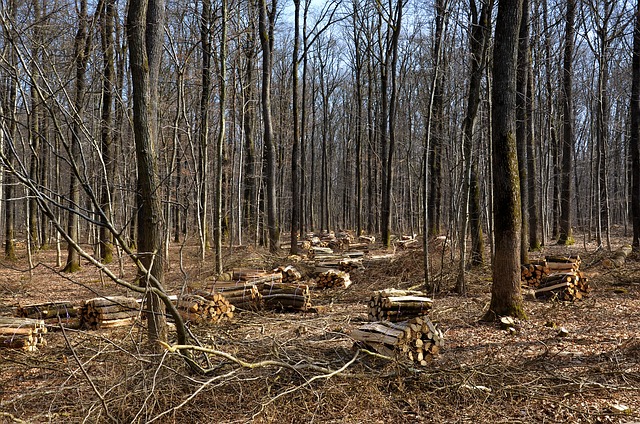
Reviving Arid Lands: Circular Economy Solutions to Combat Desertification in the Time of Climate Change
Reviving Arid Lands: Circular Economy Solutions to Combat Desertification in the Time of Climate Change
The stark realities of climate change and desertification summon a collective charge toward sustainability. In the face of worsening weather patterns and dwindling water supplies, the concept of a circular economy emerges as a beacon of hope. This transformative approach not only offers a structured way to utilize resources but also revitalizes arid landscapes, pushing against the tide of desertification.
Desertification, the gradual transformation of fertile land into desert, is a palpable issue that affects millions worldwide. As soil degrades, livelihoods vanish, and communities are thrust into cycles of poverty and migration. However, through the principles of a circular economy, we can instigate a fundamental shift in how we interact with our environment. Instead of following a linear path of take, make, and dispose, this model emphasizes reusing, recycling, and restoring resources—values that resonate deeply with our innate desire for connection and preservation.
The essence of a circular economy lies in its potential to create regenerative systems that restore health to our landscapes. By prioritizing sustainable agricultural practices, we can encourage the growth of crops that not only resist the harsh conditions of arid environments but also enrich the soil. Practices such as agroforestry, permaculture, and the reuse of organic waste all contribute to building resilient farmland that can thrive in the face of climate change.
Moreover, investing in innovative technologies—such as water-efficient irrigation systems and soil management solutions—can curb the adverse effects of droughts and rising temperatures. As these resources circulate within a community rather than being depleted, ecosystems can begin to heal and recover. Communities that adopt circular economy principles can witness their lands transformed, grazing areas restored, and biodiversity revitalized.
The fight against climate change and desertification is a call to action for every individual. Engaging in sustainable practices, supporting local initiatives aimed at restoring natural habitats, and promoting fair trade can forge a path toward a brighter future. It’s not just about conserving resources; it’s about creating a balanced existence with nature that future generations can inherit.
As we stand on the precipice of irreversible climate changes, we cannot afford to ignore the importance of a circular economy. It represents the cumulative efforts of communities, governments, and organizations coming together to heal our planet. By turning our focus to regenerative practices and circular frameworks, we can empower ourselves to transform the world we inhabit and perhaps someday, breathe life back into the barren landscapes that desperately need our care.
